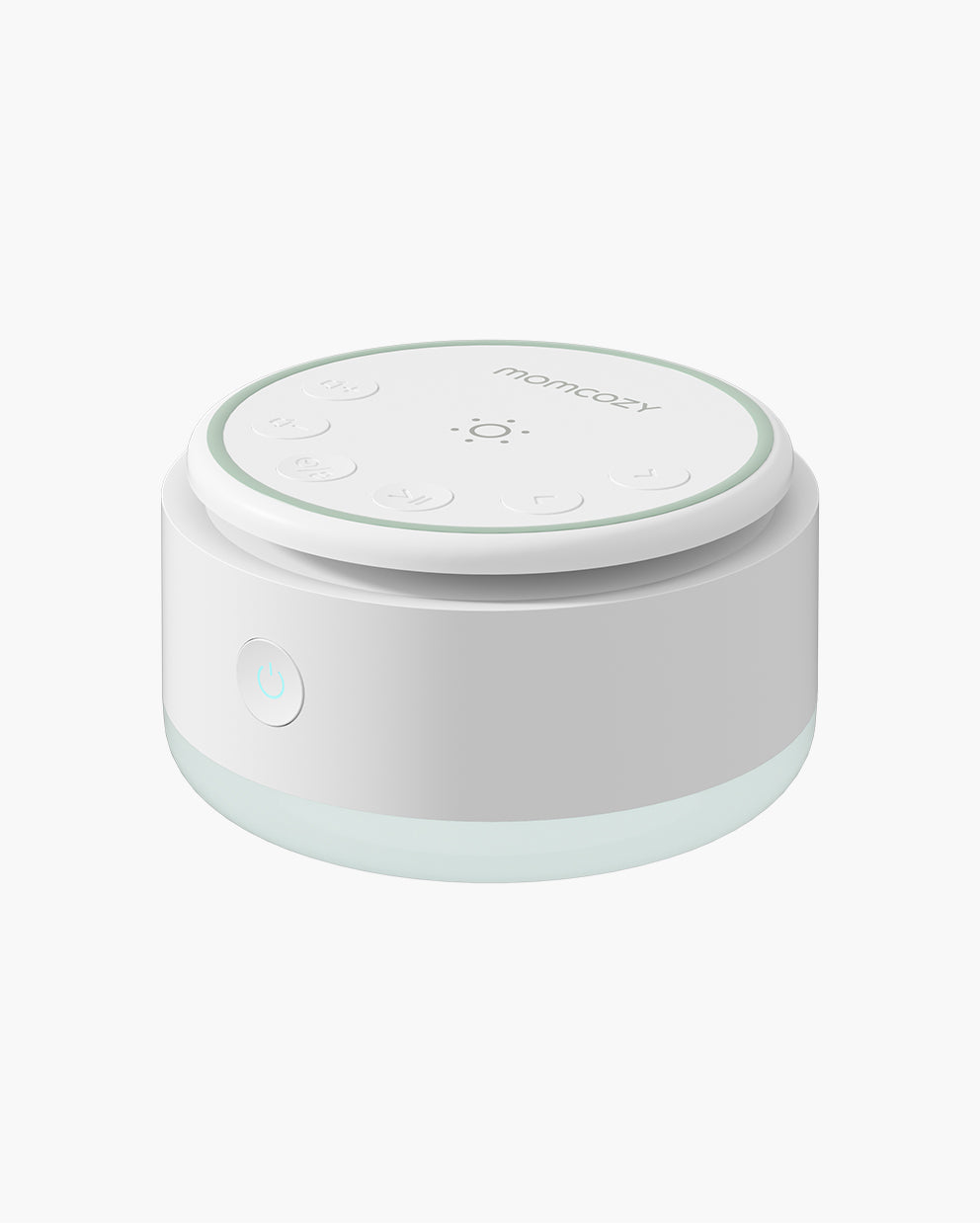As a new parent, it's natural to be concerned about your baby's development and well-being. One aspect that often comes up is tummy time – the practice of placing your baby on their stomach while they are awake and supervised. While it might seem like a simple activity, tummy time is crucial for your baby's growth and development.
In this article, we'll explore why tummy time is important and how you can incorporate it into your baby's routine.

What is Tummy Time?
Tummy time is the practice of placing your baby on their stomach while they are awake and supervised. This activity is typically recommended for babies starting from birth and should be done multiple times a day. During tummy time, your baby can lift their head, kick their legs, and explore their surroundings. This activity helps your baby develop their core muscles, improve their motor skills, and gain a better understanding of their body.
Why is Tummy Time Important?
Do you remember doing tummy time as a baby? No, me neither. But as it turns out, tummy time is an essential part of your baby's development. So, if you want to give your little one the best start in life, grab a blanket and get ready to get down on the floor - it's tummy time!
Develops Motor Skills
Tummy time allows your baby to develop their motor skills, which are essential for their overall growth and development. By lifting their head and exploring their surroundings, your baby strengthens their neck, shoulder, and back muscles. This, in turn, helps them develop better head control and the ability to roll over, sit up, and crawl.
Prevents Flat Head Syndrome
Flat head syndrome, also known as positional plagiocephaly, is a condition that occurs when a baby's head develops a flat spot due to prolonged time spent lying on their back. Tummy time helps prevent this condition by allowing your baby to spend time in a different position and encouraging them to turn their head and look around.
Improves Digestion
Tummy time can also help improve your baby's digestion. By placing your baby on their stomach, you can help relieve gas and constipation. This position also helps strengthen the muscles used for digestion and can lead to more efficient digestion overall.
Enhances Cognitive Development
Tummy time isn't just good for your baby's physical development – it can also enhance their cognitive development. By exploring their surroundings and interacting with their environment, your baby is developing their senses and building important neural connections in their brain.
Reduces the Risk of Developmental Delays
Research has shown that babies who spend more time on their stomachs are less likely to experience developmental delays. Tummy time helps your baby develop the strength and skills they need to meet developmental milestones on time.

How To Do Tummy Time
Tummy time can be a little intimidating for parents, especially if you're not sure how to get started. Fear not, we've got you covered with our expert guide to tummy time techniques for newborns and older babies!
Tummy Time Techniques for Newborns
- Place your newborn baby on their belly on your chest or lap while they're awake and alert.
- To make them feel more comfortable, talk to them in a happy sing-song voice, make eye contact, and smile at them.
- Start with short tummy time sessions of 3-5 minutes each, gradually increasing the duration as you see your baby enjoying it.
- Try to give your baby tummy time 2-3 times per day.
- At this stage, your baby won't be able to hold their head up, so you'll need to support their head and neck.
Tummy Time Techniques for Older Babies
- Lay your baby on their stomach securely atop a blanket or play mat for maximum ease and comfort.
- Join your little ones on the floor and engage with them - maybe by dangling some of their favorite toys to get them laughing!
- Start with brief sessions and gradually increase the duration.
- By this stage, your baby may be able to lift their head up, push up on their arms, and even kick their legs or rock on their stomach, which helps to build the strength and skills needed for rolling over and crawling.
How to Incorporate Tummy Time into Your Baby's Routine
While tummy time is important, it can be challenging to incorporate it into your baby's routine. Here are some tips to make tummy time a success:
Start Early
The earlier you start tummy time, the better. Start with short periods of time – just a few minutes at a time – and gradually increase the duration as your baby gets more comfortable.
Make it Fun
Tummy time doesn't have to be a chore. Make it fun by incorporating toys or other stimuli to encourage your baby to look around and explore their surroundings.
Supervise Your Baby
It's important to supervise your baby during tummy time to ensure their safety. Never leave your baby unattended during tummy time.
Do it Multiple Times a Day
For the maximum gain from tummy time, aim to integrate it into your child's routine multiple times per day (2-3 sessions). After a diaper change or before sleeping are both excellent opportunities for this activity.
Be Patient
Initially, your baby may not take to tummy time like a duck to water, but with consistent effort and patience, your little one is likely to develop a fondness for it and reap the benefits. However, if your baby struggles with tummy time, there are alternative activities to try, such as:
- Tummy to Tummy: This involves placing your baby on their tummy while lying on your chest, allowing for face-to-face interaction and bonding while promoting core strength and motor skills. As soon as your little one is born, you should begin exposing them to tummy time in the hospital, and tummy-to-tummy contact with mom can be a great way to introduce them to it.
- Lap Time:During lap time, you can lay your baby face down across your lap, gently rocking or bouncing them to make it a fun and engaging experience while working their core muscles.
- Side Lying with Support:This is an alternative position where your baby can lay on their side with support, either from a rolled-up towel or your arm, and engage in reaching and grasping exercises to improve their coordination and cognitive development.

Conclusion
In conclusion, tummy time is not just a fun activity for your little one, it’s an essential part of their healthy development. By placing your baby on their stomach, you are helping them strengthen their head, neck, and upper body muscles, which are crucial for important milestones like sitting up, crawling, and even walking.
Don't forget to keep an eye on your baby during tummy time to make sure they're comfortable and safe. Always remember that the safest positions for your little one are on their back for sleep and their tummy for playtime. Be careful not to mix them up!
This is also an excellent opportunity for bonding with your baby or for older siblings to interact and play with the new arrival. Talk, sing, and make eye contact with your baby during tummy time to make it an enjoyable and memorable experience.
By incorporating tummy time into your baby's daily routine and making it a fun and engaging activity, you can help set your baby on the path towards healthy growth and development.








Leave a comment
This site is protected by hCaptcha and the hCaptcha Privacy Policy and Terms of Service apply.